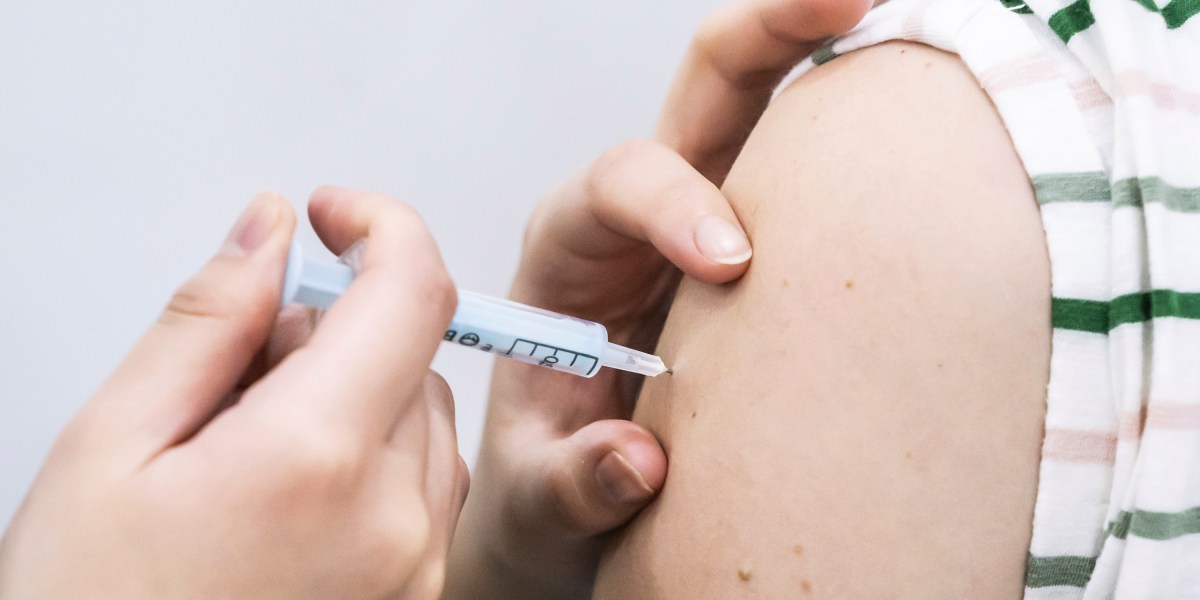The popularity of an Instagram video can affect its actual video quality: According to Adam Mosseri (the Meta executive who leads Instagram and Threads), videos that are more popular get shown in higher quality, while less popular videos get shown in lower quality.
In a video (via The Verge), Mosseri said Instagram tries to show “the highest-quality video that we can,” but he said, “if something isn’t watched for a long time — because the vast majority of views are in the beginning — we will move to a lower quality video.”
This isn’t totally new information; Meta wrote last year about using different encoding configurations for different videos depending on their popularity. But after someone shared Mosseri’s video on Threads, many users had questions and criticisms, with one going as far to describe the company’s approach as “truly insane.”
The discussion prompted Mosseri to offer more detail. For one thing, he clarified that these decisions are happening on an “aggregate level, not an individual level,” so it’s not a situation where individual viewer engagement will affect the quality of the video that’s played for them.
“We bias to higher quality (more CPU intensive encoding and more expensive storage for bigger files) for creators who drive more views,” Mosseri added. “It’s not a binary [threshold], but rather a sliding scale.”
A number of users also suggested that this approach creates a system that privileges popular creators over smaller ones — popular creators get to post in the highest quality, which reinforces their popularity, while smaller creators can’t break through.
Mosseri said it’s “the right concern,” but he claimed, “In practice it doesn’t seem to matter much, as the quality shift isn’t huge and [whether] or not people interact with videos is way more based on the content of the video than the quality.” Quality, he said, turns out “to be much more important to the original creator.”










